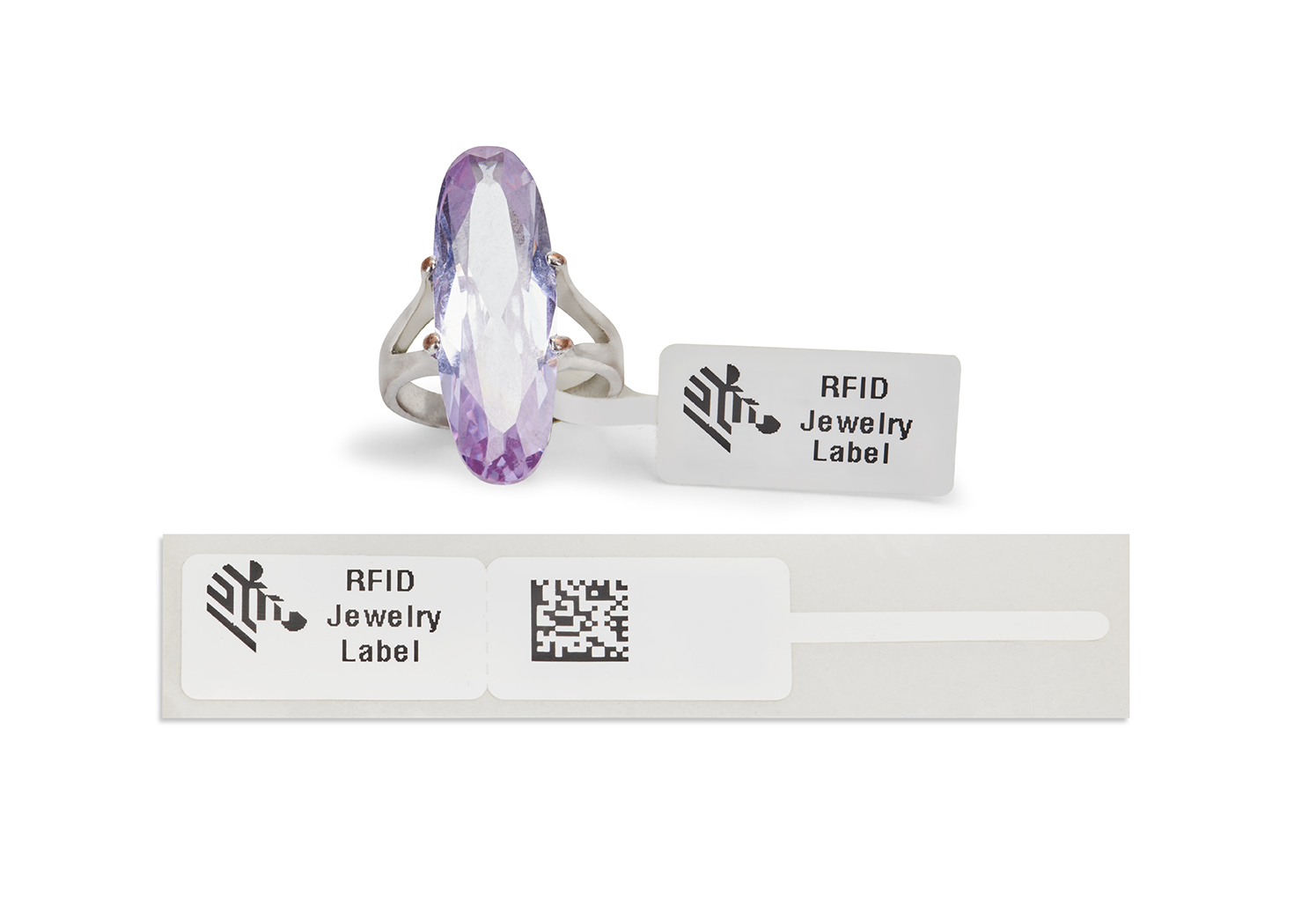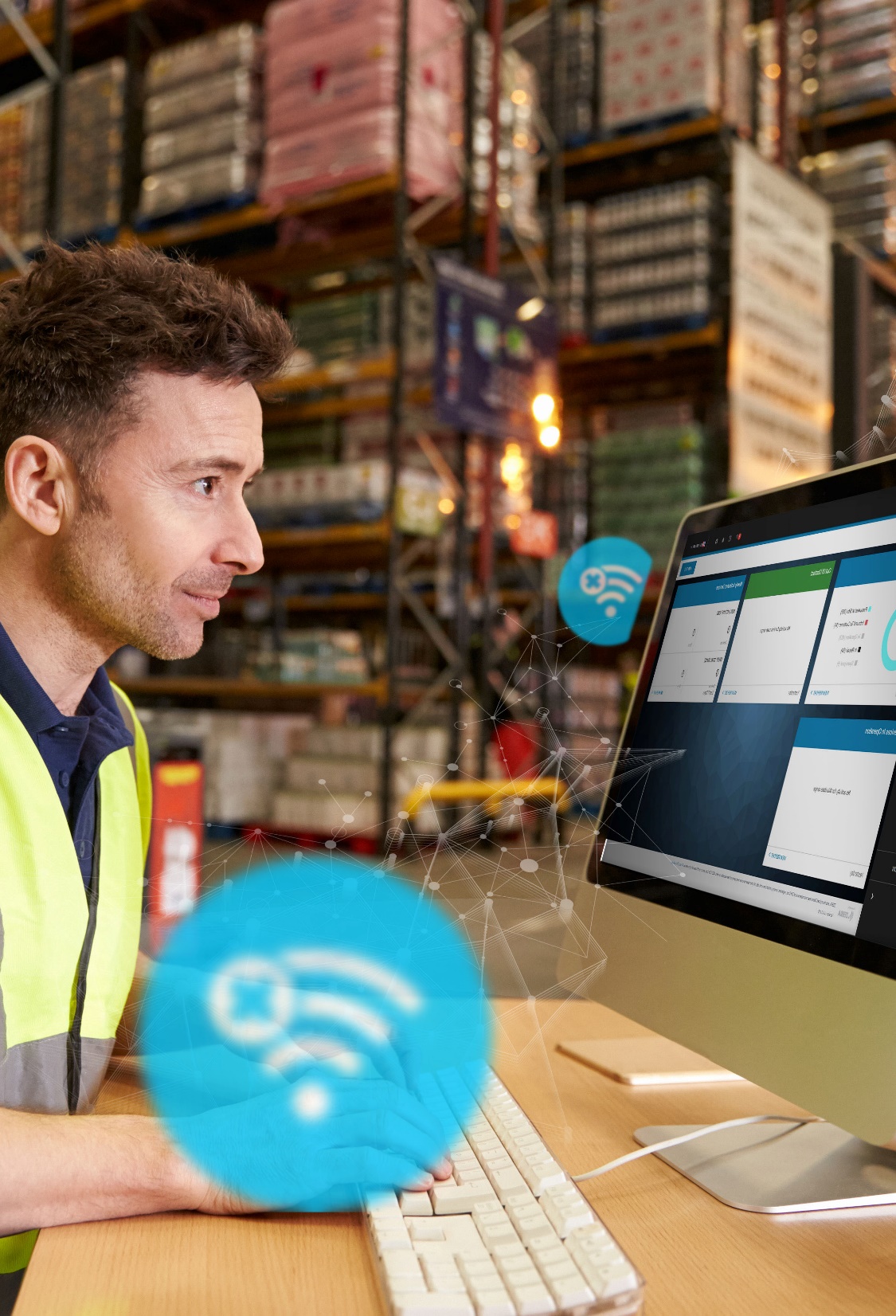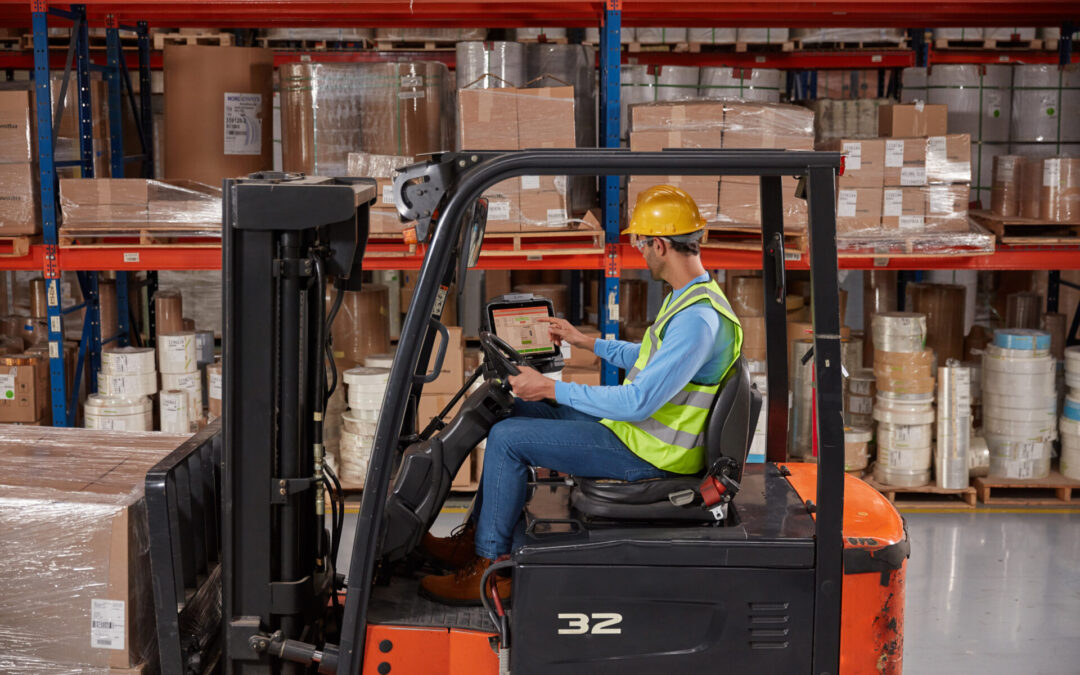As a small to medium sized business, barcode labeling can seem overly complicated and overwhelming, especially when it’s new to you and your company. Part of growth is winning contracts and expanding into new territory. Often, that new territory involves a learning process.

Barcodes are more than just ink on paper or buying a random printer and software package. A barcode label is a complete system that can help decrease costs, increase efficiency, and achieve higher levels of customer satisfaction.
A proper barcode label helps you and your clients ensure compliance standards are met within industry standards while managing and tracking inventory from beginning to end.
Zebra Technologies and Imprint Enterprises are here to help you understand the purpose and function of the various barcode options that are available to you.
A Barcode Design is About Functionality

The core function of a barcode label is to provide information on what a product is and where it goes. It is functionality over prettiness. Barcode labels are used to track inventory, which is vital to supply chains, inventory management, transportation, asset management, sales, and more.
There are different forms of barcodes and sensors, depending on the product it is placed on, how it is placed on the product, and the lifecycle requirements of the barcode itself. Labels also come in a variety of sizes, shapes, colors, and materials. From 1D barcodes, 2D barcodes, RFID, and Environmental labels and sensors, each serves a purpose.
1D/2D Barcodes
1D, or linear, barcodes have a linear black and white line pattern with variable-width lines and spaces for encoding information. The horizontally encoded numbers and characters, from left to right, typically holds only 20-25 characters. The most familiar 1D barcode is that of the common UPC code on grocery and consumer items.

2D barcodes can have a higher data density in a smaller space, creating a faster and more efficient method of tracking stock and inventory. 2D barcodes use patterns, shapes, and dots to encrypt more data information and can include images, website addresses, and binary data, and are scannable up to 50 feet away.
RFID

Radio Frequency Identification (RFID) is commonly used in various applications for tracing, from production through the supply chain and on to the end user. RFID uses a chip and tag combination for optimal reading either singularly or as a group of items, making it superior to barcodes with the ability to be read from long distances and storing significantly more information using encryption and password protection features.
RFID is becoming more prevalent with the advancement of geo-location, security, and automation. Hundreds of tagged items can be quickly located, authenticated, and tracked all at once by waving a handheld reader or automatically with a fixed reader. This can reduce the amount of time needed for a manual labor and routine tasks, such as an inventory count, or locating the exact item needed in a sea of similar items.
RFID is also used for tracking high value products throughout an entire workflow, as it’s being manufactured through the supply chain, or providing the ability to serialize individual units because of the nature of the RFID tag. In essence, each RFID tag is a mobile database that you can encode data.
Environmental Labels and Sensors
Zebra Technologies also has the options you need to monitor for temperature and humidity changes using labels and sensors. From thermal transfer labels for in-house printing or ordering customized labels and sensors, they help monitor for fluctuations in temperature and environmental fluctuations that can impact your products and your company profits.
Increase profitability with an easy to integrate solution to reduce loss and increase accountability during shipping with built-in temperature or humidity sensors. There are also high-heat visual representations for autoclaves and sterilization processes.
Environmental Labels and Sensors for Specialty Meal Services
Your company started off as a small, local meal prep service that could easily control the temperatures required to keep meals frozen for customers. Now that your company has grown to a national level, specialty meals are shipped from your manufacturing facility directly to customers. Your company takes great care in packaging the products so they can stay frozen from your warehouse to the recipient.
You know your products are good when they leave your facility. Now it seems you are constantly replacing damaged and thawed products, managing angry customer calls while paying for restocking and new shipments. Zebra Technologies environmental labels and sensors can detect exposures at packaging, shipping, and recipient levels. This can increase accountability during shipping and optimize operational efficiency.
Environmental Labels and Sensors for Pharmaceuticals
Medications can be shipped to various facilities or even straight to a consumer. Often, medications need to be environmentally regulated to ensure their integrity. Reduce the risk of product damage with electronic temperature sensors from Zebra Technologies.
Electronic temperature sensors record cold storage temperatures throughout a products journey. The electronic sensor from Zebra is compatible with IT networks and uses Bluetooth, cellular, Wi-Fi, or ethernet to upload the information. They can be easily integrated into your existing systems and processes to gain expanded control over product quality.
The Design is About What Your Company Needs
The barcode label design your company needs for your products is about the purpose of the barcode. Most retailers still use 1D or 2D barcodes, depending upon the data density that the barcodes need to contain. 1D/2D barcodes are a visual concept and requires a line of sight for scanning.
RFID is great for products that are similar in nature and are difficult to scan individually, reducing the amount of time spent tracking inventory. RFID can make e-commerce more efficient and visible, reducing the amount of physical touching or scanning of individual units.
Zebra Technologies is an award-winning company and Imprint Enterprises is a trusted partner for Zebra. They bring you good, better, and best options to help your business step forward while considering future possibilities. Ensuring the long-term use of your entire barcode labeling system is what makes Zebra Technologies the best in the industry and is why Imprint Enterprises is a Premiere Solution Partner with Zebra.

Whichever barcode design your company needs, it’s always best to consult with an expert that can help answer any questions you have on the use of the different barcode designs. The barcode label itself is one part of creating a functional system your company needs.
Contact Imprint Enterprises today to discuss Zebra’s barcode labeling solutions that are best for you.





